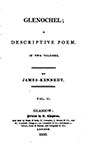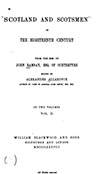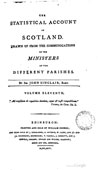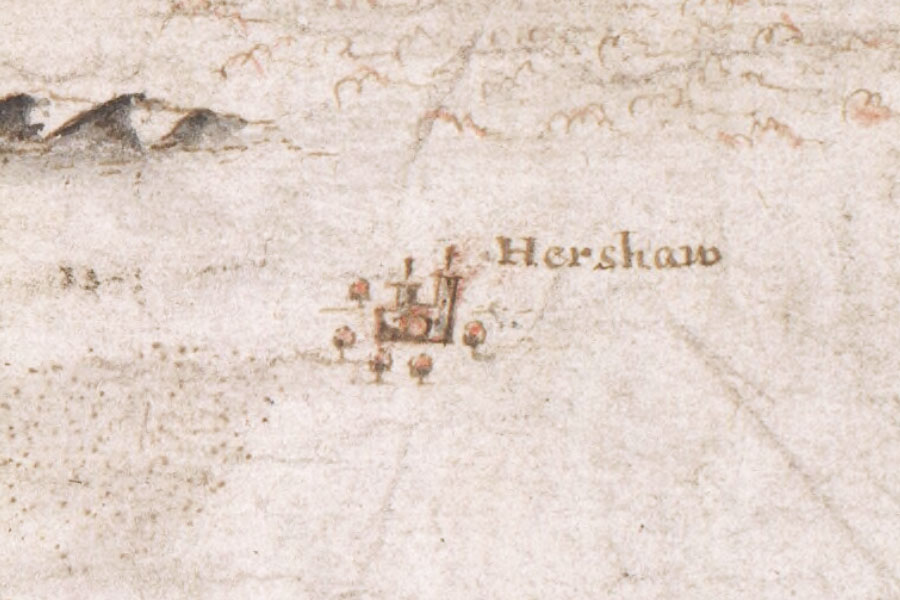

John Adair, 1681
A tower belonging to the Stewart family once stood here but only an armorial panel now remains.
David Stewart of Durisdeer, progenitor of the Stewarts of Rosyth, bought the barony of Hartshaw in the first half of the 15th century. A David Stewart, possibly the same one, witnessed a deed in 1422 and was described as “domino de Hartschaw”. It has been suggested that Hartshaw Tower was a hunting lodge of the Stewarts, “hart shaw” meaning “deer wood”.
Exactly when it was built is unknown, as is the form it originally took. However it was later said to have been similar in style to Clackmannan Tower and Sauchie Tower.
It stood on the west bank of the Bluther Burn in what at first glance might not appear to be a good defensive position. However a secondary smaller burn runs around the north, west and south sides of the surrounding land so that water protects all sides. The two burns may also have meant that the land around the castle was originally marshy.
There is little mention of Hartshaw Tower through the centuries. The Stewarts supported the Royalists during the civil wars of the 17th century, and as punishment were forced to provide timber from their lands at Hartshaw for use in the rebuilding of houses destroyed by Montrose’s army in the parishes Dollar and Muckhart.
On two John Adair maps, both thought to have been published around 1681, Hartshaw Tower is marked as a substantial building named Hershaw.
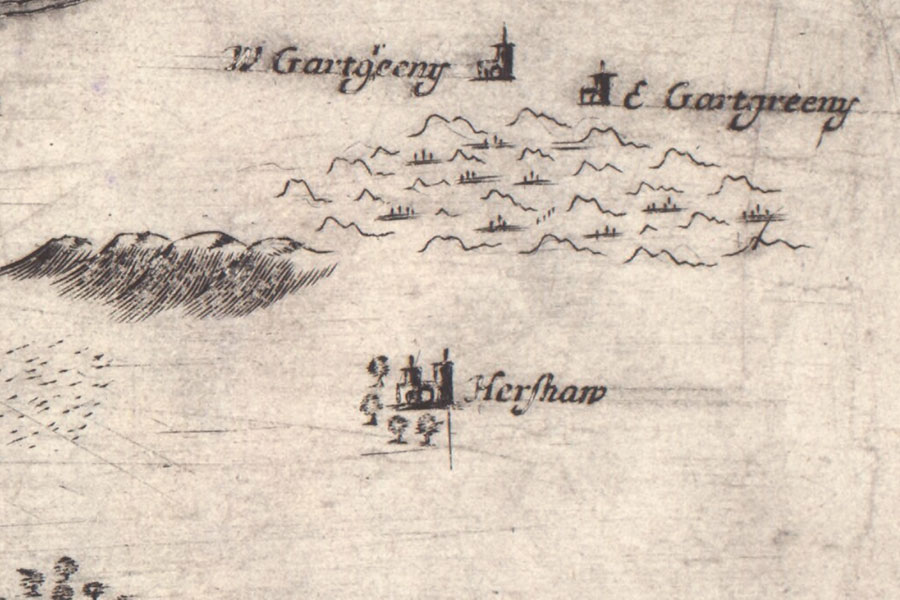
John Adair, 1681
In “The Castles of The Heartland of Scotland” Mike Salter refers to a date stone of 1574 being “the only relic of a castle of the Stewarts” but provides no further information. Referring to the farm buildings of Brucefield Mains, the RCAHMS Threatened Buildings Survey of 2009 states that an “armorial panel incorporated into the wall probably came from Hartshaw, which was rebuilt in the early 18th century as Brucefield House.” Brucefield House was built for Alexander Bruce of Kennet around 1724.
The suggestion that the site of Hartshaw Tower is actually where Brucefield House is now is one that is also made by Adam Swan in “Clackmannan and the Ochils”. He states that Hartshaw Tower was rebuilt and added to in the 18th century, creating Brucefield House, and that the spiral staircase in the north pavilion is all that is left of the earlier building.
However the north pavilion was seemingly added to the house in the early 19th century, so it seems perhaps unlikely that this is the original site of Hartshaw Tower. The Statistical Account refers to the tower of Hart-shaw and states that it was seemingly demolished by the owner of the surrounding estate at the beginning of the 18th century in order to build a mill and farm houses, with only the coat of arms surviving.
Roy’s Military Survey of Scotland, published between 1747 and 1755, shows Hartshaw as Harshy on the eastern edge of the planned gardens of Brucefield House.
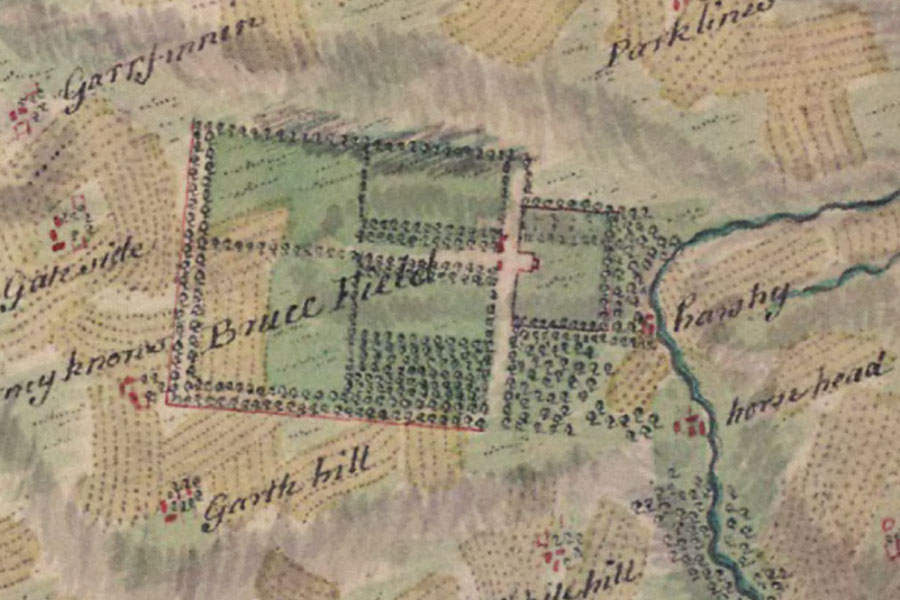
William Roy, 1747 – 1755
Alexander Bruce’s son Robert, Lord Kennet, sold Brucefield to his father-in-law George Abercromby of Tullibody around 1758 or 1759, but it seems to have returned to the Bruce family at some point as it is currently owned by Robert Bruce, 8th Lord Balfour of Burleigh.
Alternative names for Hartshaw Tower
Hart Shaw Tower; Hartschaw; Hershaw





